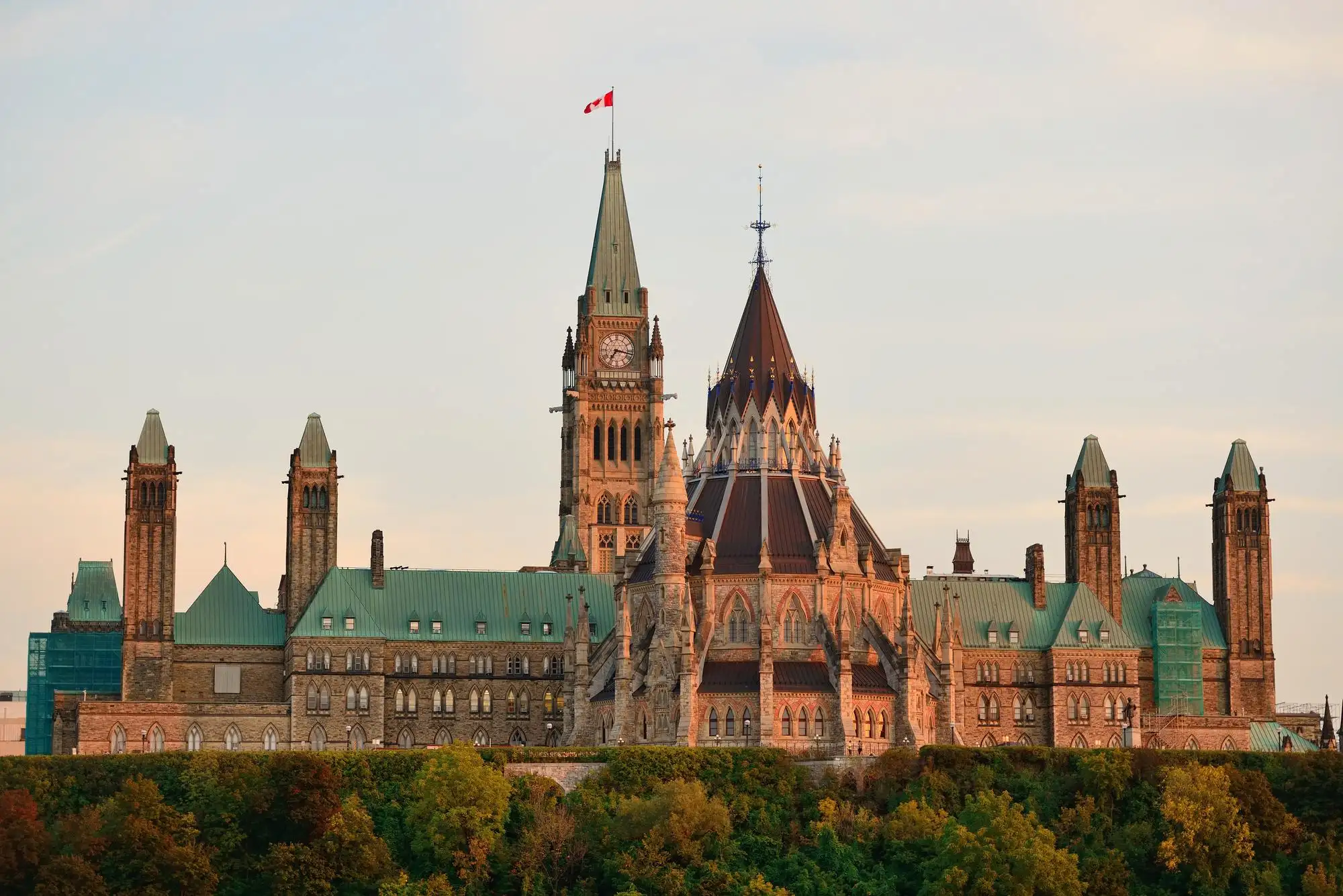What is it?
In a nutshell, the Canadian federal government plan to continue the wage and rent subsidies for the tourism and hospitality industry with updated subsidy rates
Who qualifies?
The subsidy would be available only to organizations in selected sectors of the tourism and hospitality industry. The subsidy helps businesses deeply affected by the pandemic and continue to struggle (i.e., continued revenue loss of at least 40%).
Examples of eligible businesses:
- Hotels
- Restaurants
- Bars
- Festivals
- travel agencies
- tour operators
- convention centres
- convention
- trade show organizers
- others
On November 24, 2021, the government proposed legislation (not yet law) to provide exact details of which organizations qualify. These could be found here.
Criteria
Businesses will need to meet the following two conditions to qualify:
1. An average monthly revenue reduction of at least 40% over the first 13 qualifying periods for the Canada Emergency Wage Subsidy (from March 2020 to February 2021);
2. A current-month revenue loss of at least 40%.
What is the Subsidy Amount?
- The maximum subsidy rate for the wage and rent subsidies is:
- 75% from October 24, 2021 to March 12, 2022 (claim periods 22 to 26).
- 37.5% from March 13, 2022 to May 7, 2022 (claim periods 27-28).
- Wage and rent subsidy rates would continue to be calculated based on current-month revenue losses compared to those of a prior reference period, as under existing rules
- The updated wage and rent subsidy rates are as follows:
| Current-month revenue decline | Periods 22-26 October 24, 2021 – March 12, 2022 |
Periods 27-28 March 13 – May 7, 2022 |
| 75% and over | 75% | 37.5% |
| 40-74% | revenue decline e.g., 60% revenue decline = 60% subsidy rate |
revenue decline ÷ 2 e.g., 60% revenue decline ÷ 2 = 30% subsidy rate |
| 0-39% | 0% | 0% |
Support in the Event of Future Public Health Lockdown
Businesses that are subject to a qualifying public health restriction would be eligible for support at the subsidy rates as calculated in the Tourism and Hospitality Recovery Program regardless of sector.
These businesses need to demonstrate that they have one or more locations subject to a public health restriction (lasting for at least 7 days in the current claim period) that requires them to cease (i.e., stop) activities that made up at least 25% of total revenues during the prior reference period.
Applicants would not need to demonstrate the 12-month revenue decline, only a current-month decline. It would be available to affected organizations, regardless of sector.
Temporary Measure to Make It Easier to Qualify if under a Public Health Lockdown
To help businesses forced to reduce operations due to Omicron, on December 22, 2021, the government announced that it plans to release legislation making it easier for businesses that are under a Public Health Lockdown to qualify. Under this proposal, the government plans to allow employers to qualify for the wage and rent subsidies who are subject to capacity-limiting restrictions of 50% or more. The government also plans to reduce the current-month revenue decline threshold requirement to 25% (instead of 40%).
Eligible employers will receive wage and rent subsidies from 25% up to a maximum of 75%, depending on their degree of revenue loss. The 12-month revenue decline test continues to not be required in order to access this support.
| Current-month revenue decline | Periods 24-25 December 19, 2021 to February 12, 2022 |
| 75% and over | 75% |
| 25-74% | revenue decline e.g., 60% revenue decline = 60% subsidy rate |
| 0-24% | 0% |
Is the Lockdown Support Still Available?
Yes.
Lockdown Support would be available at the current 25% pro-rated based on the number of days a location was affected by a lockdown.
To read more, click here. Draft legislation is not yet available, and more details should be coming soon.


